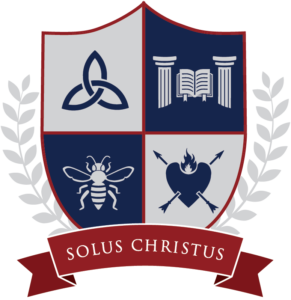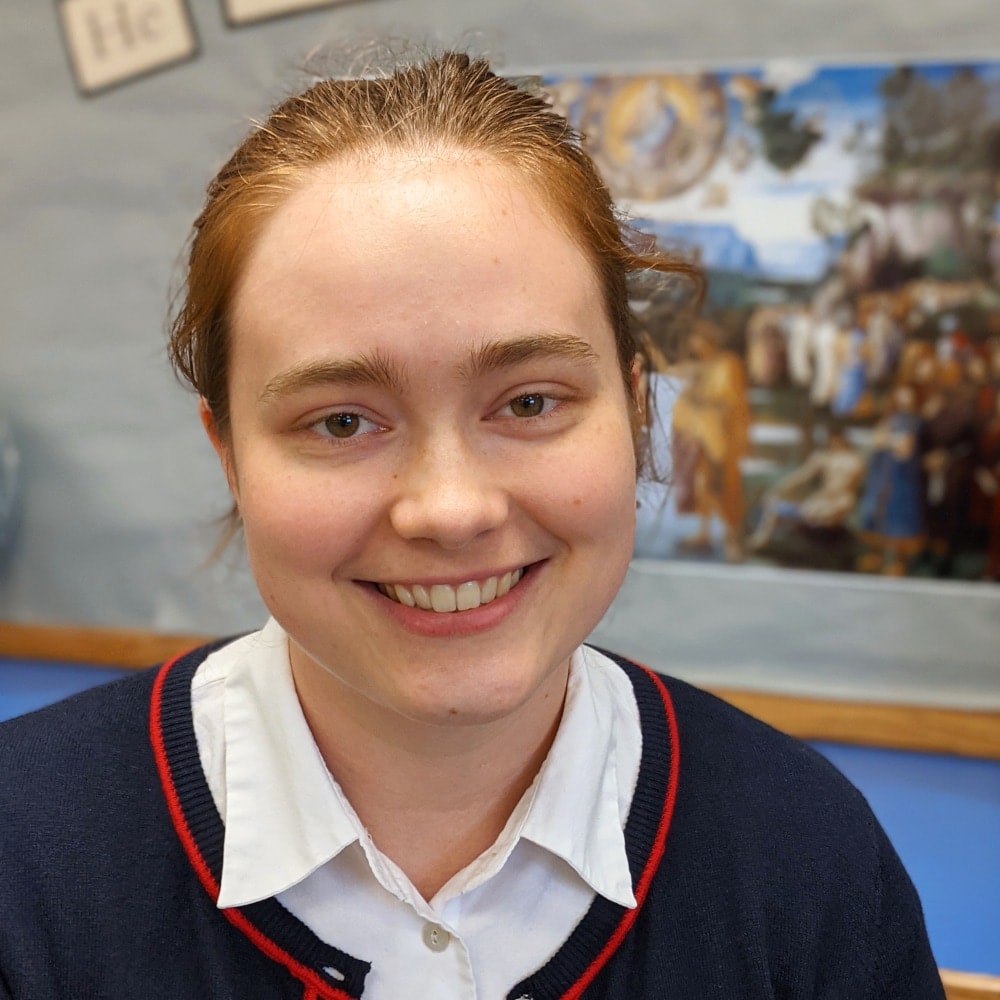Over the past couple months the students have had the opportunity to learn English Country Dancing, which will be a part of the upcoming formal ball on Saturday. Instructions for many of these dances were first published in 1651 by John Playford, but since he was collecting dances that had been in use for many years already, it’s possible that a few of the dances recently practiced in the gym have been enjoyed for over four hundred years. These dances are marked by specific formations, usually with partners, and are typically danced in long parallel lines of partners, in a circular formation, or in sets of two couples interacting with each other. Each dance is paired with a specific complementary tune, and usually the series of steps is repeated several times. It’s delightful to see an entire room of dancers participating with each other in something that is both intricately designed and just plain fun at the same time.
While dancing of this sort has existed as far back as the 15th century, it became quite popular during the reign of Elizabeth I, who promoted this form of dancing at court. When John Playford published The English Dancing Master some fifty years after her reign, he included over 100 dances and tunes, including Rufty Tufty, Upon a Summer’s Day, and Gathering Peascods. American colonists settling in New England took English Country Dancing with them and would eagerly await books from England containing the latest dances. Balls were common social events, and square dancing and dances like the Virginia Reel became common American variations. George Washington was known to enjoy dancing for hours at a time, and writers like Jane Austen and Charles Dickens show in their novels the central role of dancing in social interactions.
Although English Country Dancing has been overshadowed by the waltz and other modern forms of dance that would have certainly scandalized our ancestors, there are plenty of reasons for bringing back this older form of dancing. Firstly, this style of dancing is not self-centered or flaunting and instead emphasizes graceful interactions within a whole group of dancers. The goal of the dance is not to make oneself stand out or to conjure an inner romantic feeling, but to complement and support all the other dancers. Secondly, English Country Dancing expects men and women to interact in accordance with their proper order: the man guides his partner and leads the dance, while the woman follows his direction. Thirdly, the predetermined steps of the dance are a refreshing change from the embarrassing chaos of modern dancing. The order in this dancing is not stifling, but rather frees the dancers to enjoy something predictable and allows them to even have conversations with each other while the dance takes care of itself.
In Christ,
Miss Engwall

